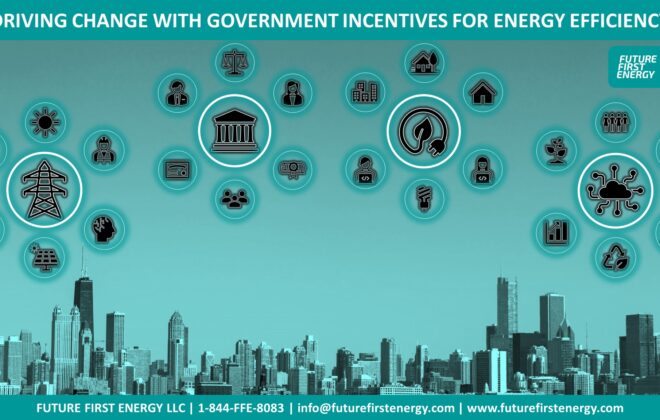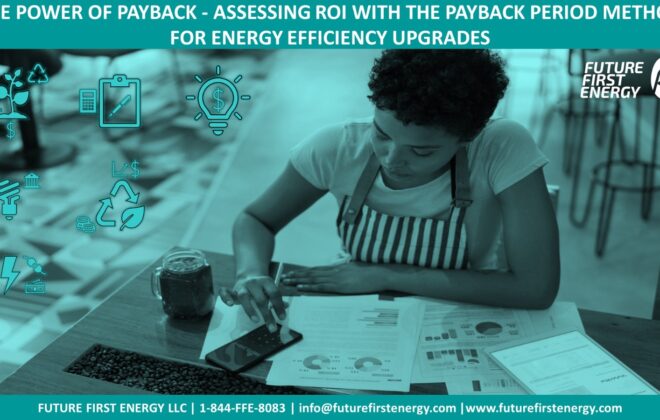Unraveling the Power of Case Studies in Energy Efficiency Projects
When it comes to understanding the real impact of energy efficiency projects, there’s no better tool than a well-executed case study. These in-depth analyses provide valuable insights into the effectiveness of various energy-saving initiatives. In this article, we’ll delve into the art of conducting a case study for energy efficiency projects, the essential data required, and the critical decision of selecting the appropriate review period. Moreover, we’ll explore the merits and demerits of both long-term and short-term case studies, revealing how they contribute to shaping a sustainable future. 🏢💡🌿
#EnergyEfficiency #CaseStudies #Sustainability #GreenFuture
Understanding the Case Study: A Glimpse into Success Stories
A case study is an investigative approach that examines specific instances to gain a deeper understanding of real-world scenarios. In the realm of energy efficiency projects, case studies analyze the impact of various interventions, from lighting upgrades to building envelope improvements, on energy consumption and sustainability.
Essential Data for Energy Efficiency Case Studies
- Baseline Data: A comprehensive collection of pre-intervention data is crucial for comparison and evaluation. This data includes energy consumption, costs, and environmental impact before implementing the energy efficiency project.
- Post-Intervention Data: After the project’s execution, gather data on energy savings, cost reductions, and changes in carbon emissions to assess the project’s effectiveness.
- Contextual Information: Understanding the project’s context, including the facility type, location, weather conditions, and operational hours, provides vital insights into the case study’s applicability.
- Project Details: Document the specifics of the energy efficiency project, such as the technology used, investment costs, and implementation process.
The Review Period: Short-Term vs. Long-Term Case Studies
Short-Term Case Studies:
Merits:
- Quick Results: Short-term case studies provide rapid insights into the immediate impacts of energy efficiency projects.
- Resource Efficiency: They require fewer resources and can be concluded swiftly, making them cost-effective.
- Decision-Making Support: Ideal for initial assessments to inform decision-making on larger projects.
Demerits:
- Limited Insight: Short-term studies may not capture the full potential of long-term energy savings and impact.
- Seasonal Variations: Seasonal fluctuations can skew results and may not reflect the project’s true year-round effectiveness.
Long-Term Case Studies:
Merits:
- Comprehensive Analysis: Long-term studies reveal the project’s cumulative energy savings and the sustainability of benefits.
- Real-Life Adaptations: They consider how efficiency measures perform over time and accommodate changes in usage patterns.
- Investor Confidence: Long-term studies instill investor confidence by displaying the project’s stability and viability.
Demerits:
- Time and Resource Intensive: Long-term studies demand significant resources and time commitments.
- Data Management: Maintaining data accuracy and consistency throughout the extended review period can be challenging.
Striking the Right Balance: Considerations for Decision-Makers
The choice between short-term and long-term case studies depends on a range of factors, including project goals, resources, and the desired level of detail. Combining both approaches can provide a holistic perspective.
Conclusion: Paving the Way for Energy Efficiency Triumphs
Case studies are invaluable tools that unravel the secrets of successful energy efficiency projects. Through a meticulous review of data, careful consideration of the review period, and a balance of short-term and long-term studies, we gain the knowledge needed to transform our world into a more sustainable and energy-efficient one. Embrace the power of case studies and let them guide us toward a brighter and greener future. 🏭💚🌍
Share your experiences and thoughts on energy efficiency case studies in the comments below. Let’s illuminate the path toward a more sustainable and efficient tomorrow together. 💡🌱🚀



